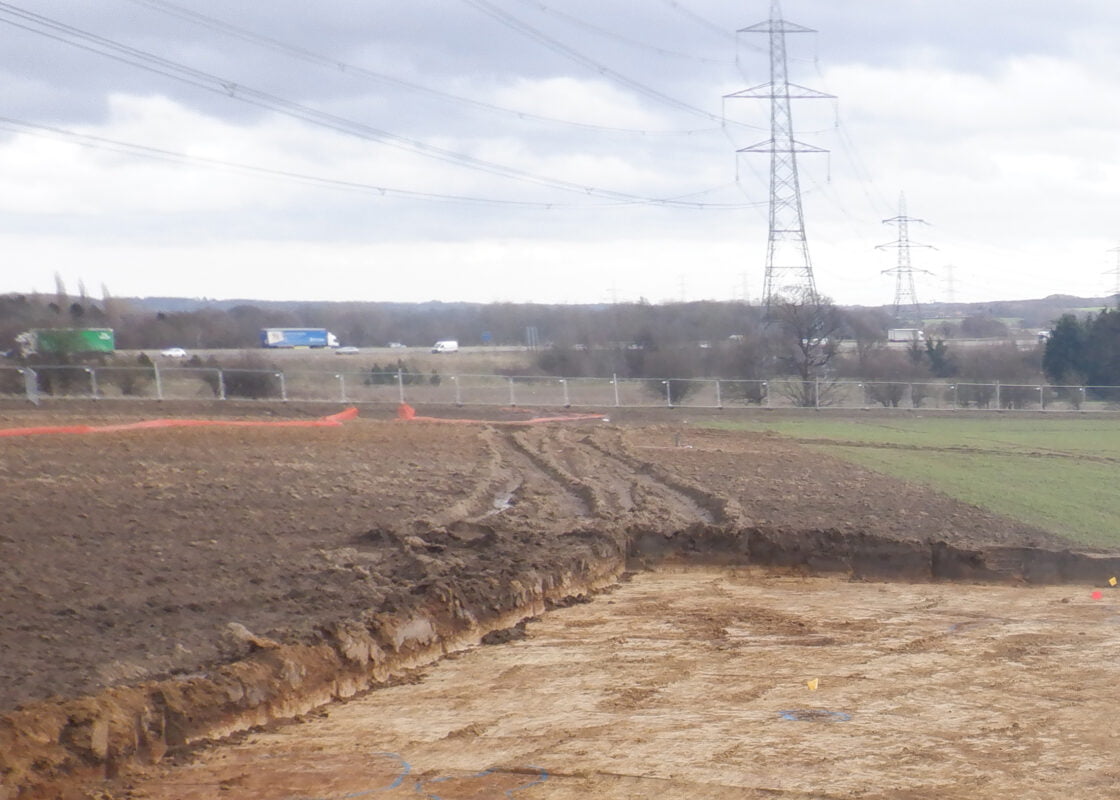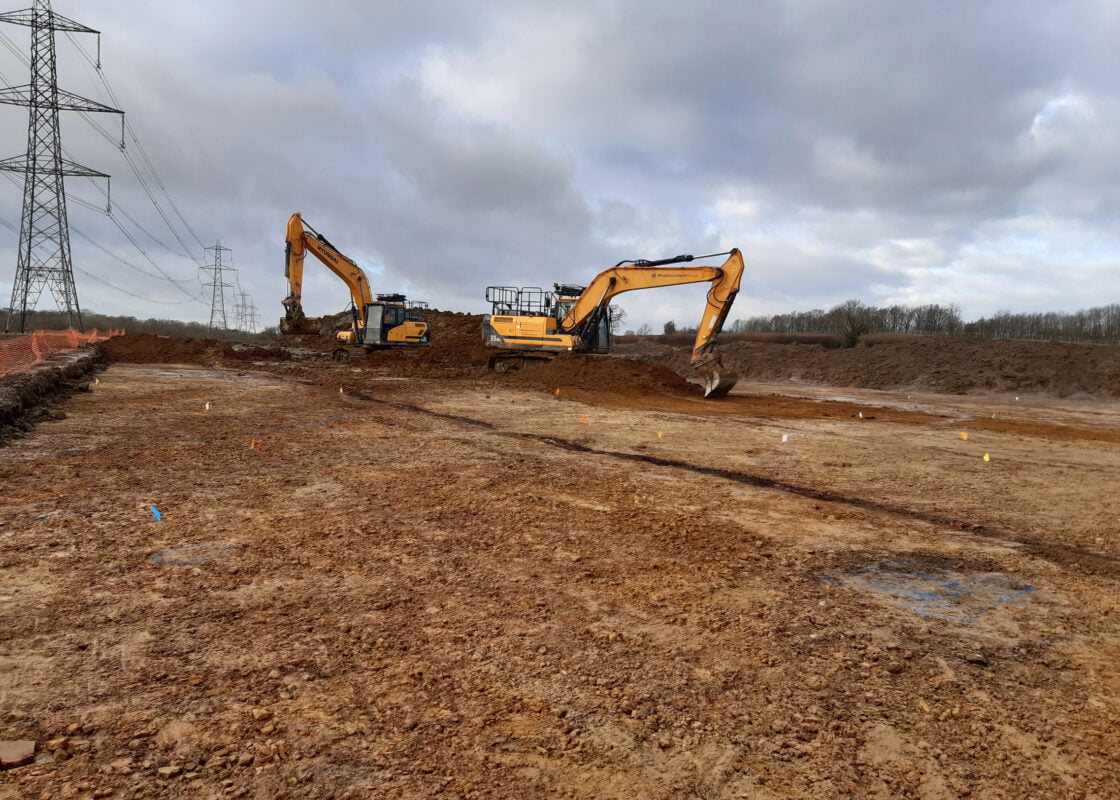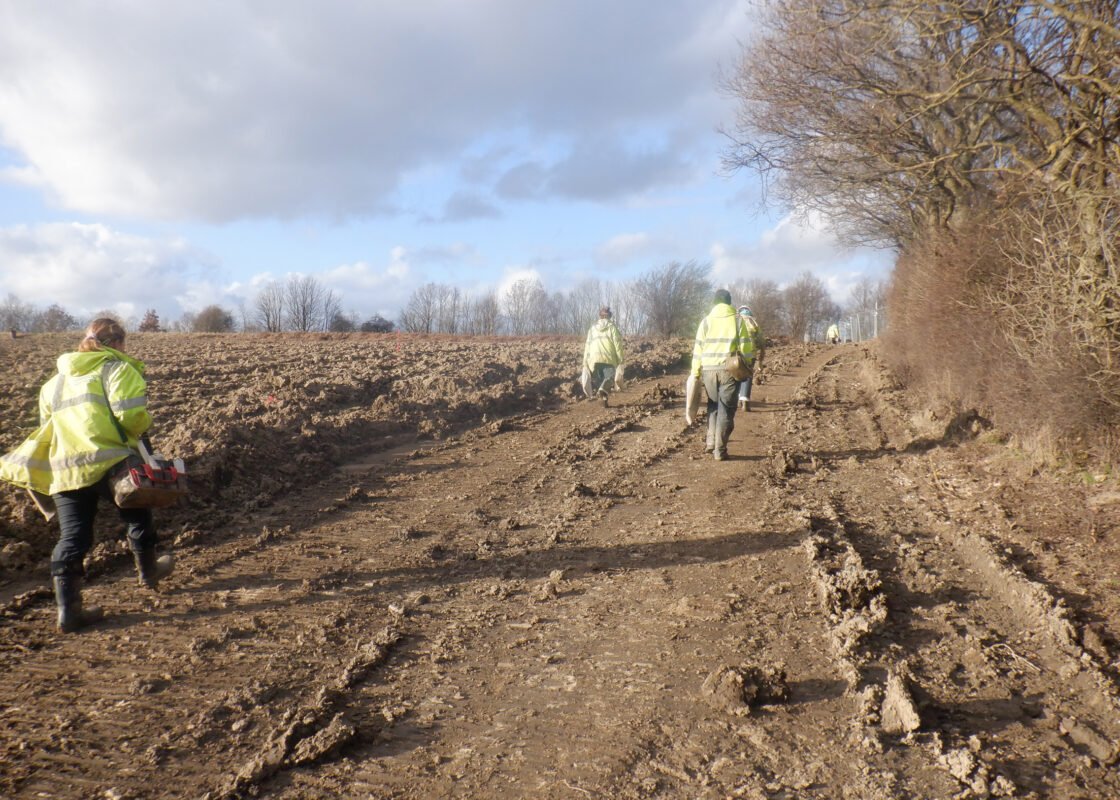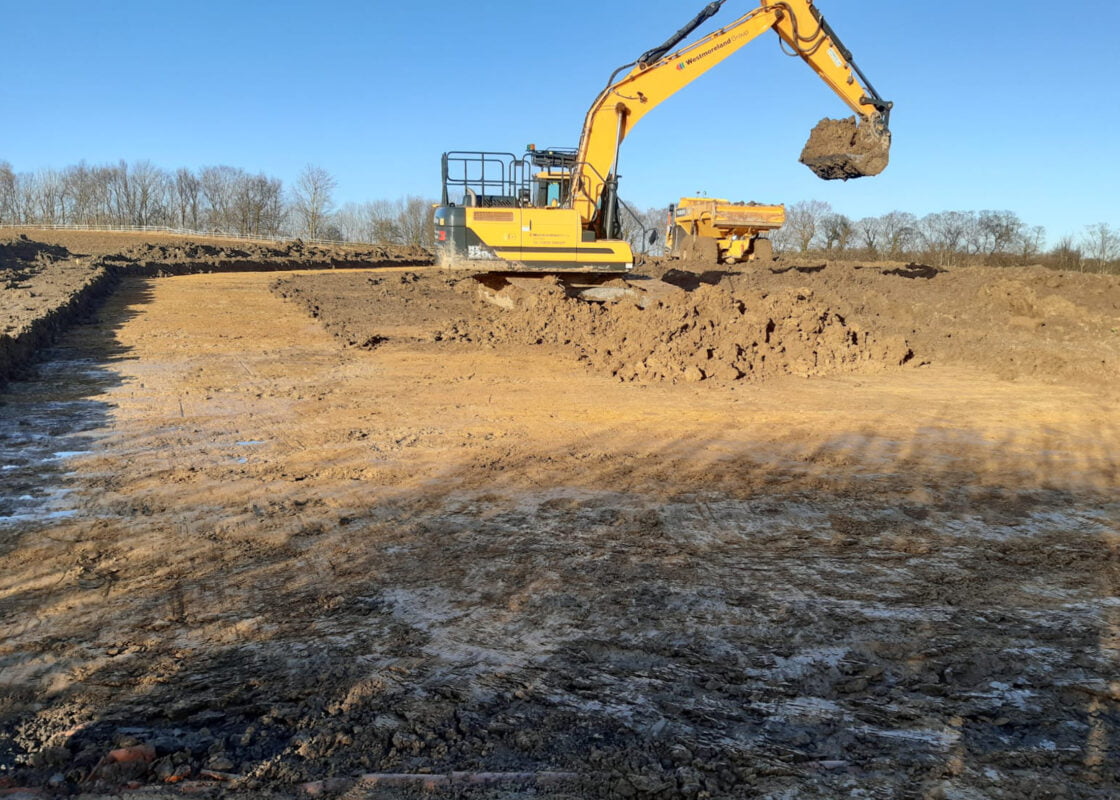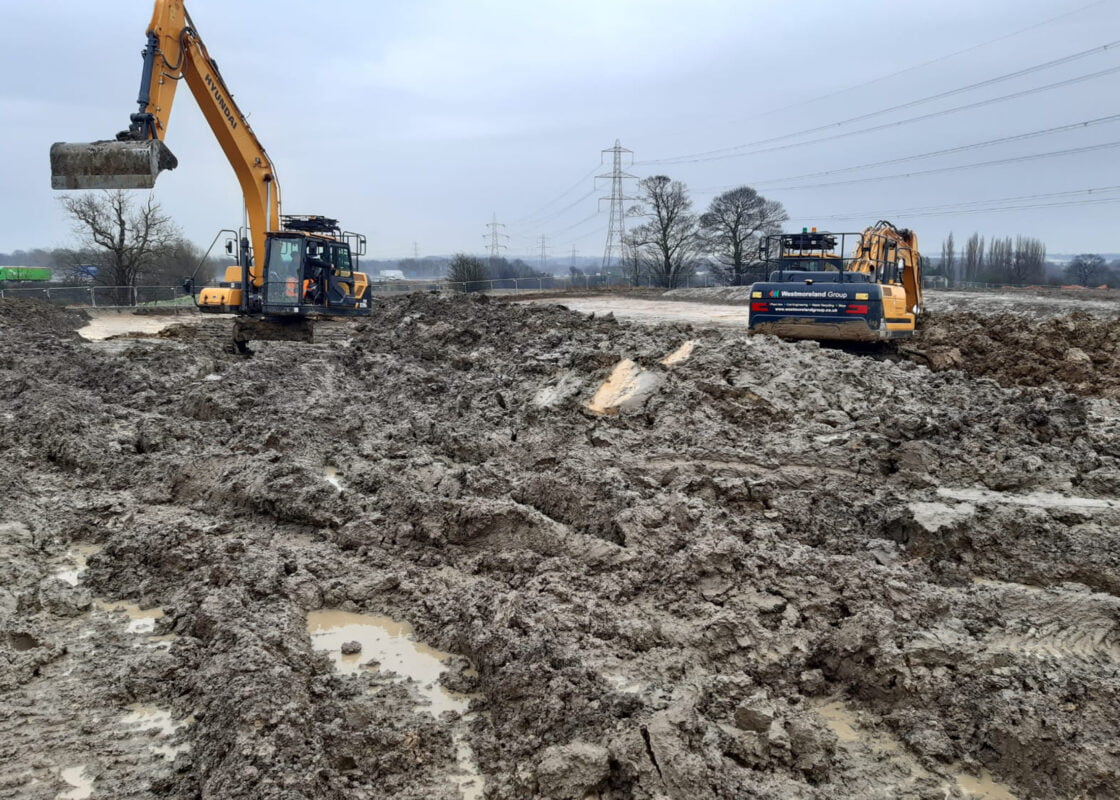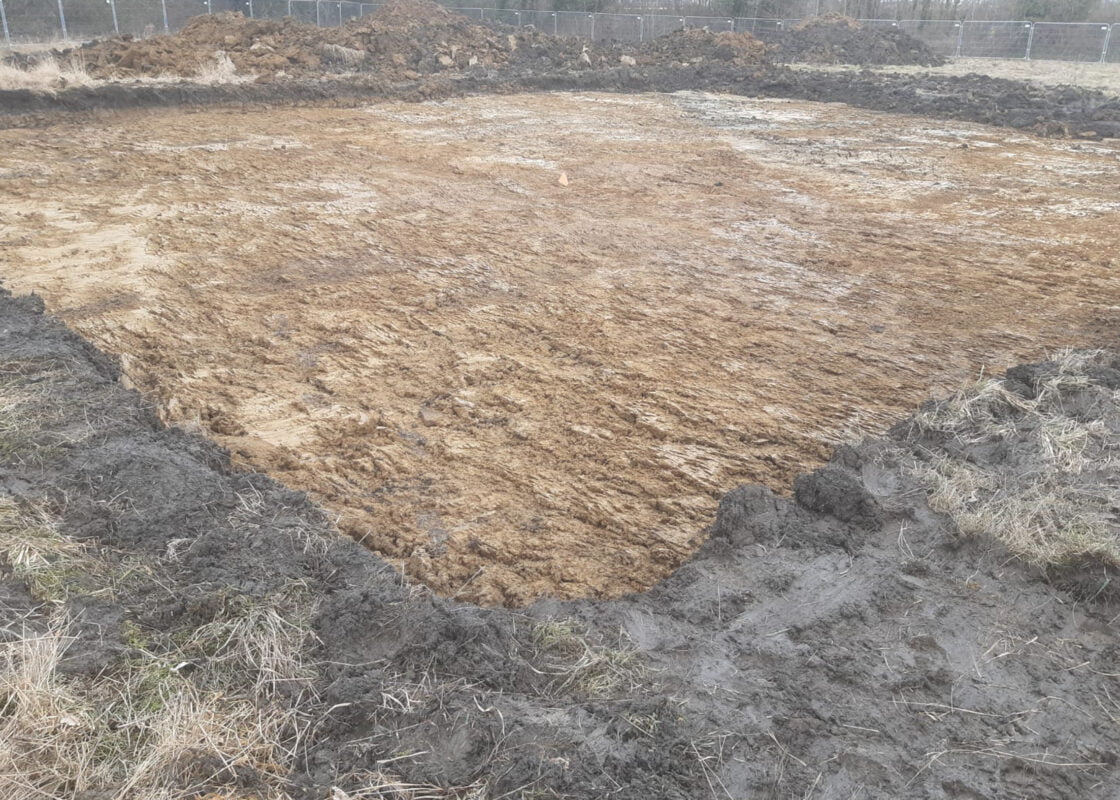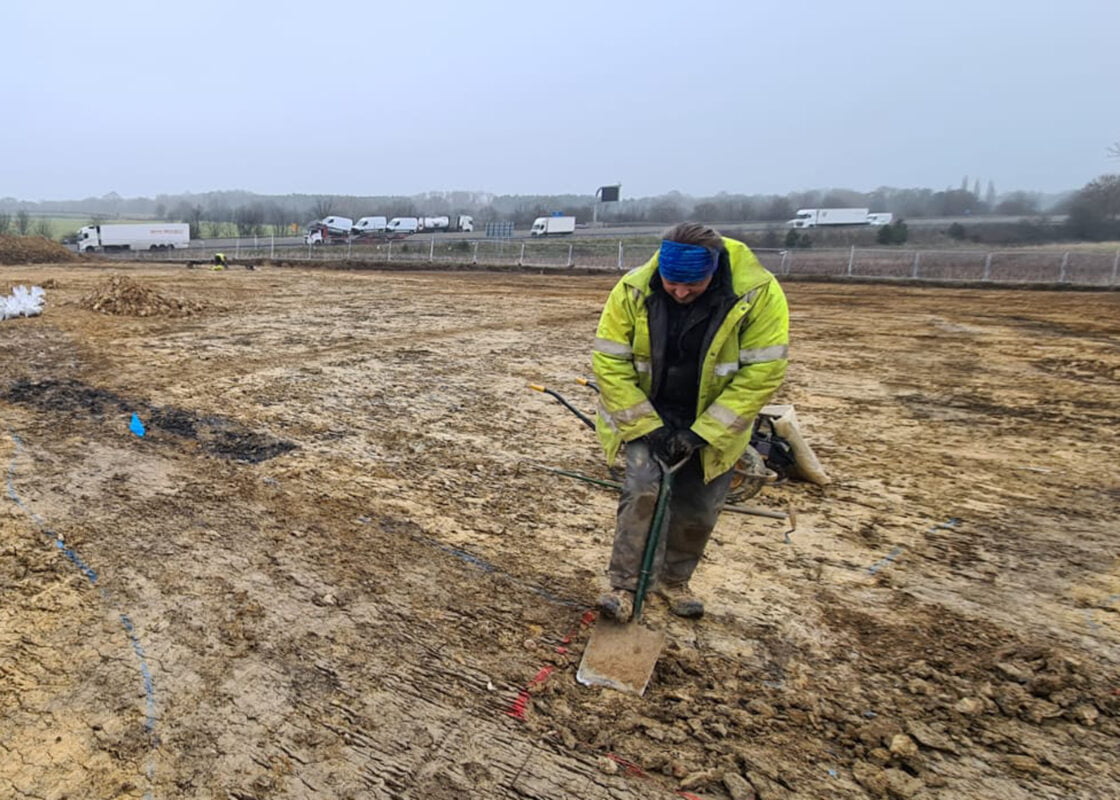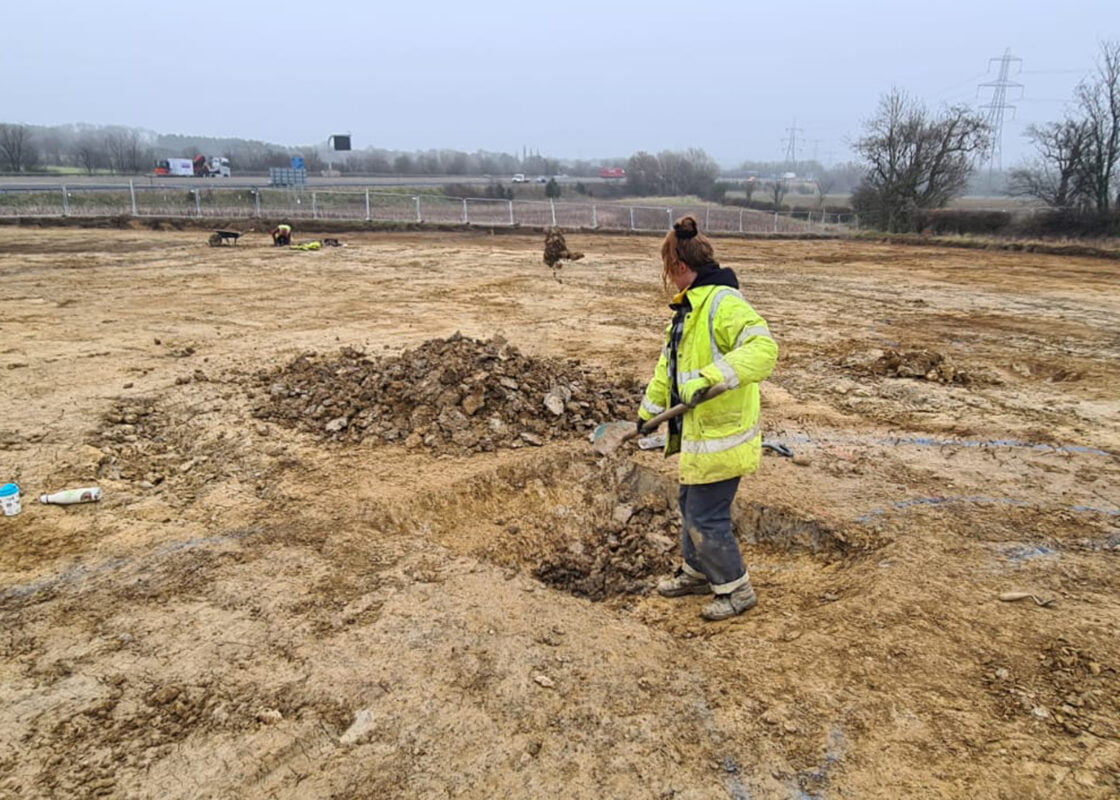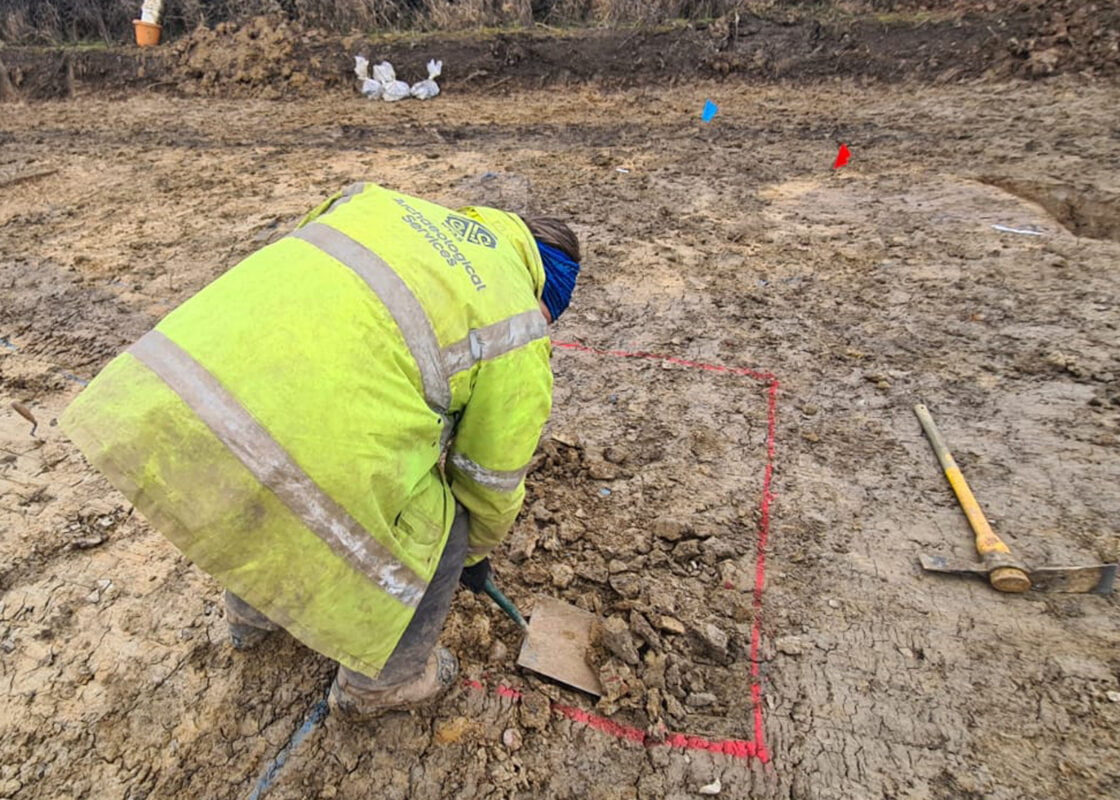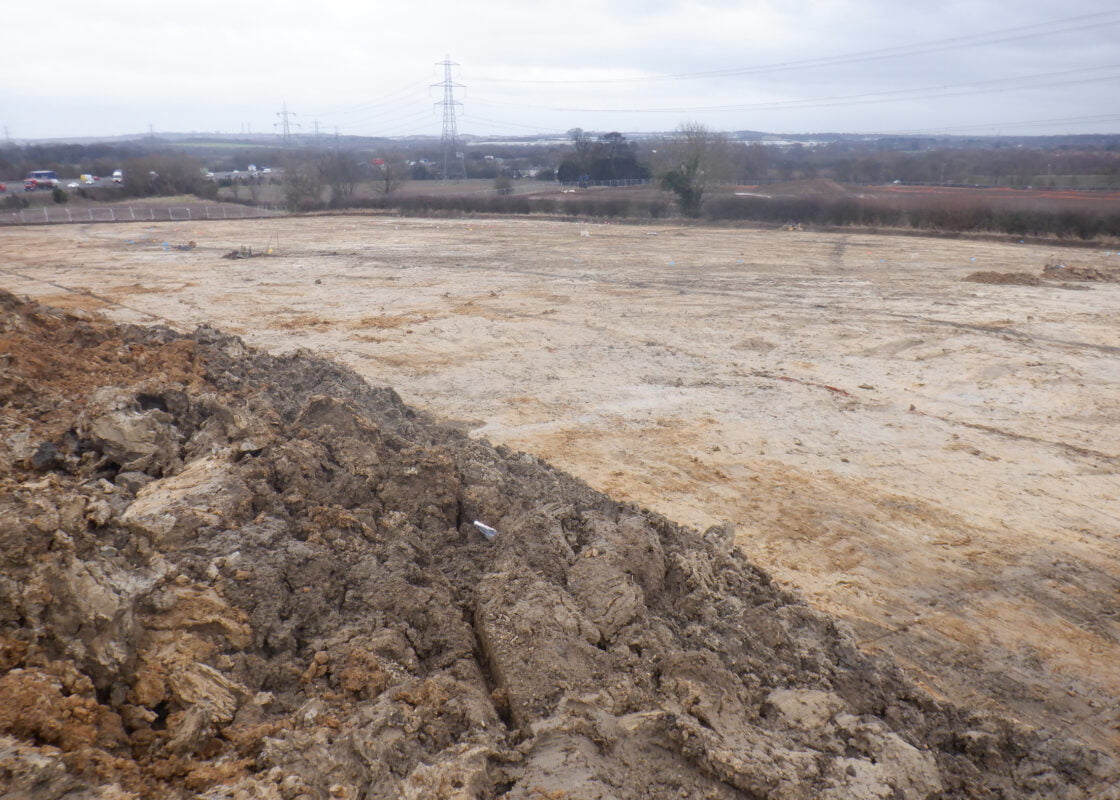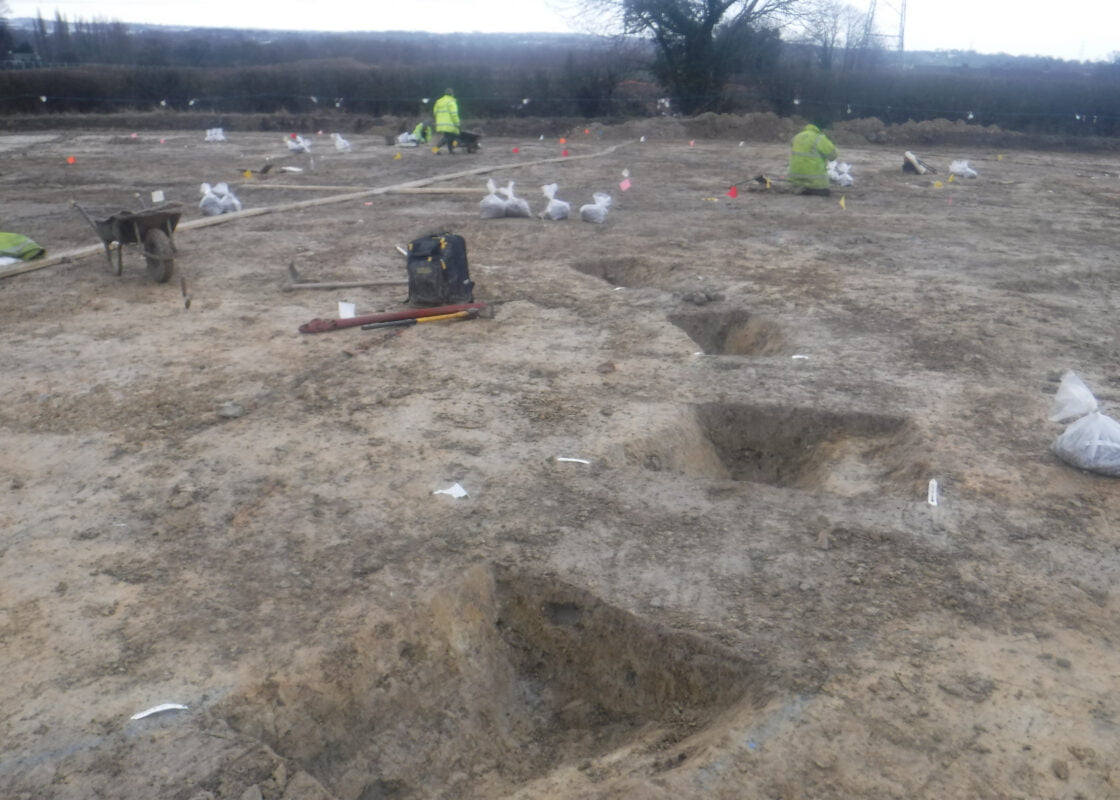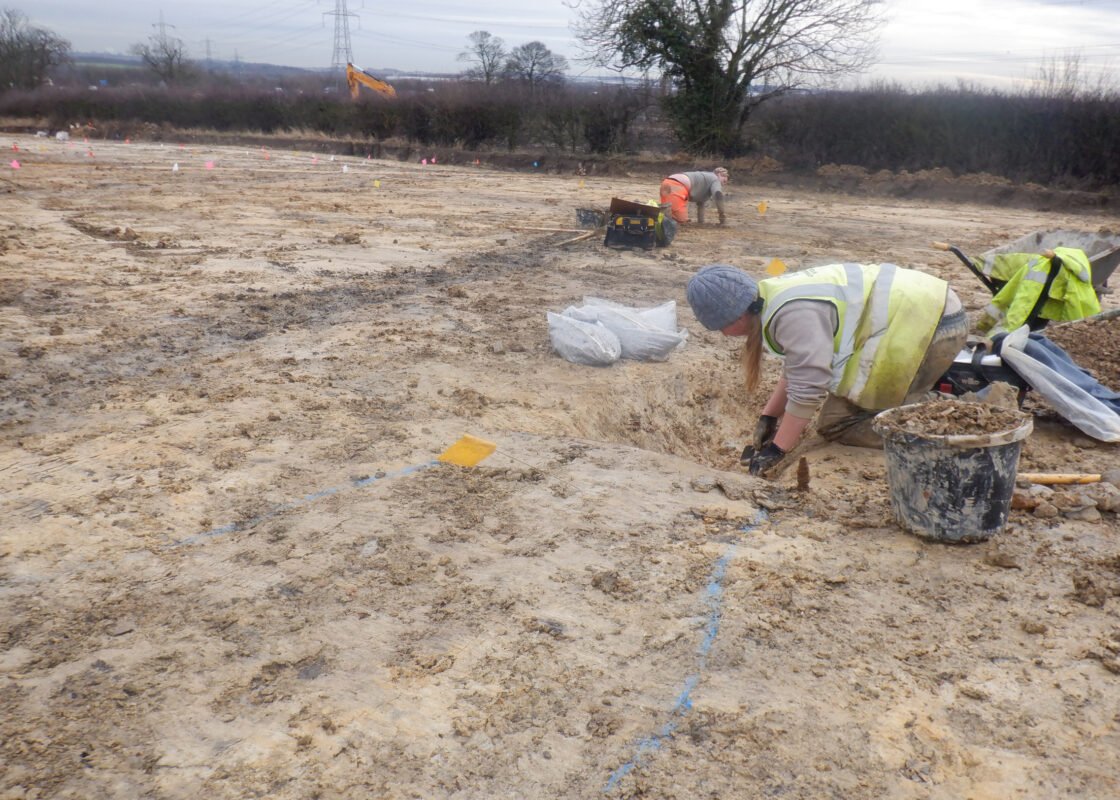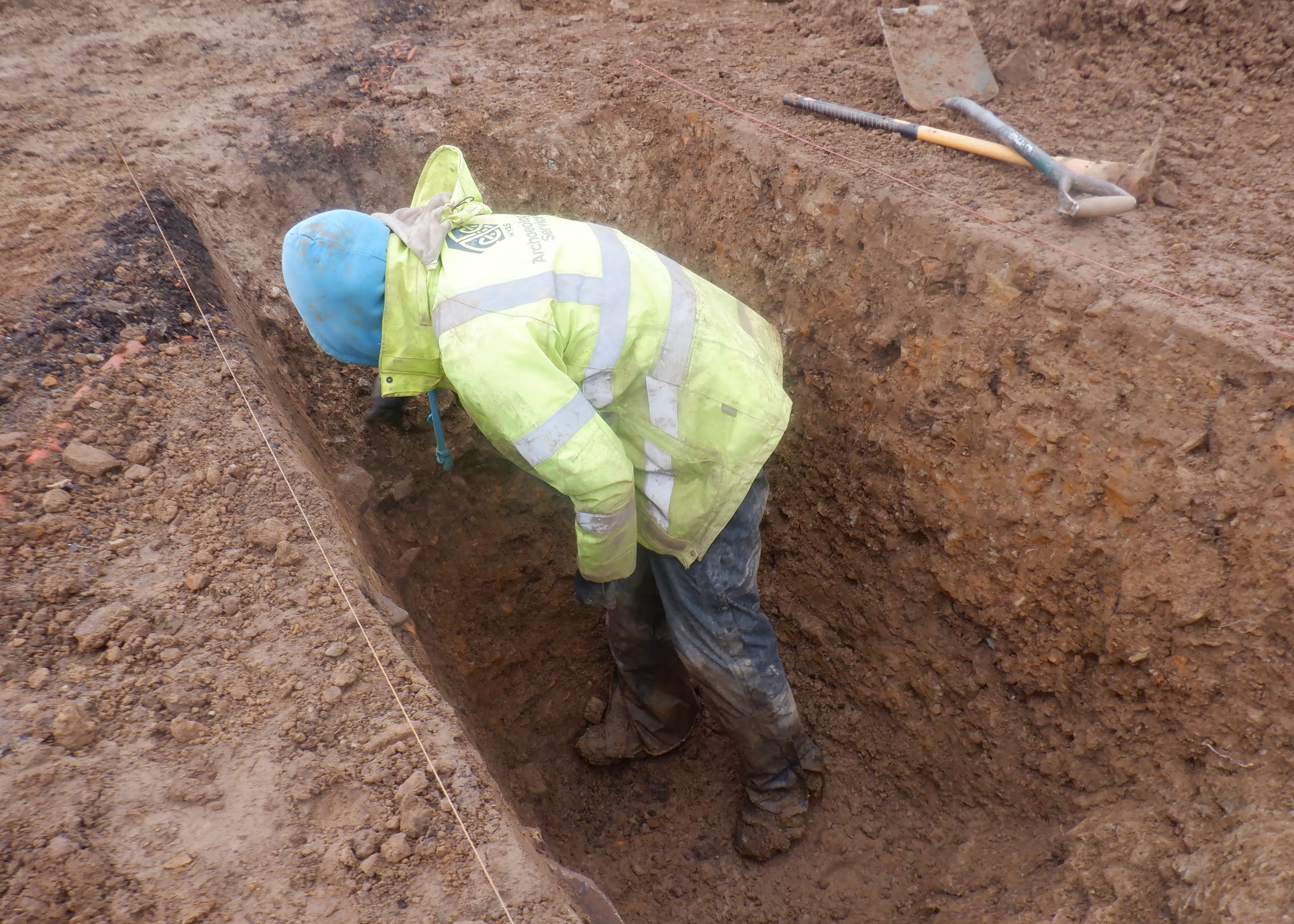
TEP is delighted that the results of the archaeological works at Newmarket Lane, Methley, have been published in the Yorkshire Archaeological Journal.
This marks the culmination of a project in which the Heritage team at TEP were involved as consultants and managers from the early stages, providing heritage advice and consulting with stakeholders, writing a technical report and ES chapter, producing method statements, and managing a staged programme of archaeological evaluation and mitigation.
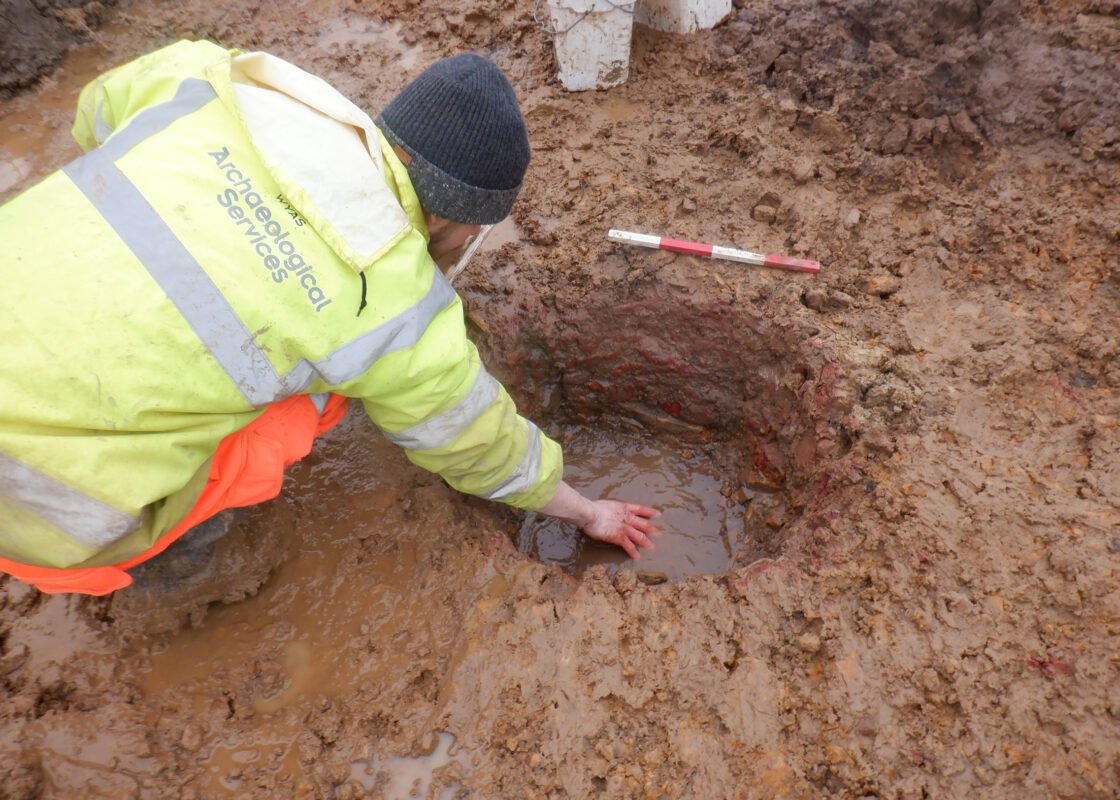
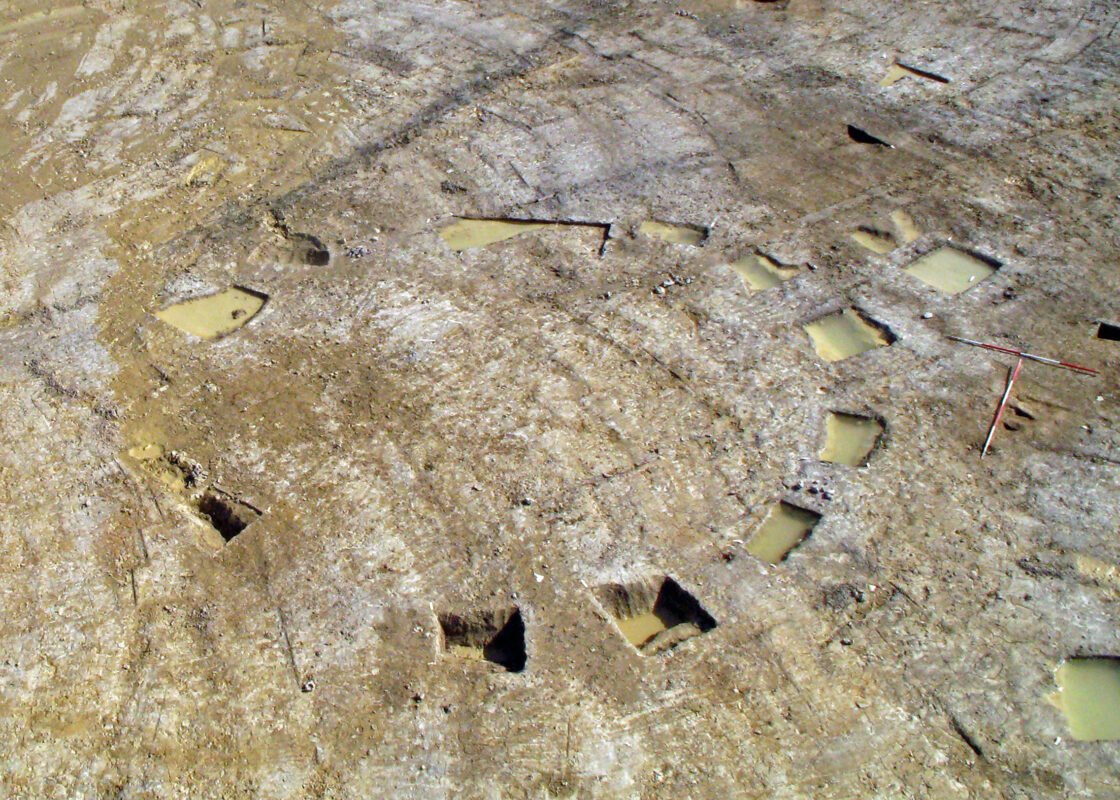
The excavations recorded an Iron Age settlement with possible Bronze Age origins, where a small community inhabited at least three phases of roundhouse within a large polygonal enclosure on the top of a hill overlooking the surrounding landscape. This was followed by Romano-British occupation during the mid to late second century AD and the mid third to early fifth century AD further to the south on the hill slope.
Specialist analysis of samples and finds helped to provide a more complete picture of the site and possible links to the wider area: Radiocarbon dating confirmed an Iron Age date for the roundhouses at the north of the site and specialist analysis of the Iron Age ‘slag-tempered’ pottery suggested a link between Iron Age potters and smiths in the region. Environmental analysis provided a relatively low amount of plant remains however spelt wheat was the main type of cereal identified along with smaller amounts of hulled barley grain, probably cooking or cereal drying waste.
